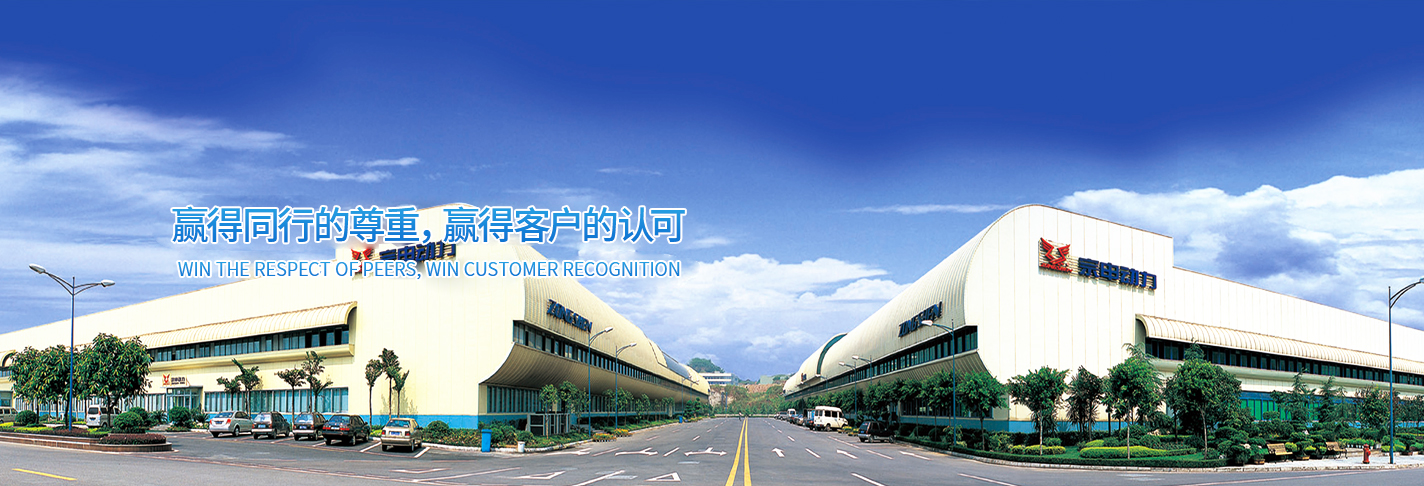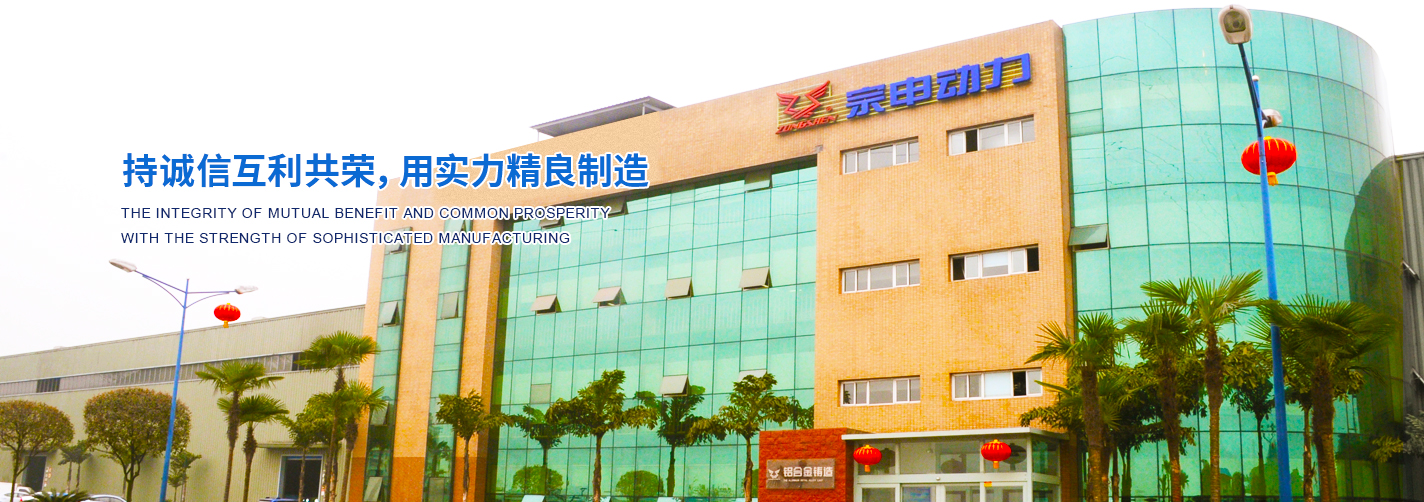


Owen Hildreth is an assistant professor of 3D nanofabrication at Arizona state university (ASU). Recently, he designed an electrochemical process that can be used to "eat" the supporting structure of a metal 3D printing piece.
Owen Hildreth is an assistant professor of 3D nanomanufacturing at Arizona state university (ASU). Recently, he designed an electrochemical process that can be used to "eat" the supporting structure of a metal 3D printing piece.
Because of the pioneering work of companies like Stratasys and the development of special, soluble materials, it is much easier to remove the support structures of plastic 3D printing pieces. Correspondingly, the removal of the support structure of the metal print piece is still a difficult problem.
To solve this problem, Hildreth's original idea was "if you control the local chemical environment, any metal can dissolve". He imagines that the sacrificial anode, which is used to prevent the corrosion of steel ships, is used in 3D printing.
Hildreth began working with Timothy Simpson, a professor at Pennsylvania state university who is interested in developing a new support structure solution for metal 3D printing, to develop an electrochemical solution. Their goal was to develop a process that would "eat" the supporting material and make the print piece almost intact.
Amazingly, the team actually came up with a variety of solutions to different metal 3D printing methods. First, Simpson used a multi-material Optomec direct metal deposition 3D printer to create a 1-inch stainless steel arch with a carbon steel support structure. Then he successfully dissolves the supporting structure with a nitric acid solution, while the parts are intact. This support structure is relatively easy to remove because metal deposition is actually very similar to FDM 3D printing.
Hildreth has developed a more complex support structure removal process, which is suitable for metal 3D printing technology based on powder bed, such as SLM and DMLS.
At first, he used sodium ferricyanide at the same time as the heat treatment print, but found that it also eroded the print itself too much. To this end, Hildreth has been improved. He added a sensitizer to the annealing phase -- sodium hexanocyanate. At high temperatures, the chemical breaks down and Owen Hildreth is an assistant professor of 3D nanofabrication at Arizona state university (ASU). Recently, he designed an electrochemical process that can be used to "eat" the supporting structure of a metal 3D printing piece.
Owen Hildreth is an assistant professor of 3D nanomanufacturing at Arizona state university (ASU). Recently, he designed an electrochemical process that can be used to "eat" the supporting structure of a metal 3D printing piece.
Because of the pioneering work of companies like Stratasys and the development of special, soluble materials, it is much easier to remove the support structures of plastic 3D printing pieces. Correspondingly, the removal of the support structure of the metal print piece is still a difficult problem.
To solve this problem, Hildreth's original idea was "if you control the local chemical environment, any metal can dissolve". He imagines that the sacrificial anode, which is used to prevent the corrosion of steel ships, is used in 3D printing. Carbon and nitrogen are released so that the 100 to 200 micrometers at the top of the 3D printing parts can be effectively converted into carbon steel during the annealing phase. Correspondingly, only a 125-micron thick support structure would become completely "sensitized", while 3D printing would be used only for a thin layer.
It turns out that this method is very effective for the support structure produced by the most common metal 3D printing process. The main 3D printing parts act as the cathode and the supporting structure is corroded by the anode. On a 3 d printer in EOS powder bed to complete the test part proves that the effect of the technology, the support structure eroded away in about seven hours, far lower than mechanical processing for 32 to 40 hours. The pioneering work of the company and the development of special soluble materials have made it much easier to remove the support structure of plastic 3D printing pieces. Correspondingly, the removal of the support structure of the metal print piece is still a difficult problem.
To solve this problem, Hildreth's original idea was "if you control the local chemical environment, any metal can dissolve". He imagines that the sacrificial anode, which is used to prevent the corrosion of steel ships, is used in 3D printing.
Hildreth began working with Timothy Simpson, a professor at Pennsylvania state university who is interested in developing a new support structure solution for metal 3D printing, to develop an electrochemical solution. Their goal was to develop a process that would "eat" the supporting material and make the print piece almost intact.
Amazingly, the team actually came up with a variety of solutions to different metal 3D printing methods. First, Simpson used a multi-material Optomec direct metal deposition 3D printer to create a 1-inch stainless steel arch with a carbon steel support structure. Then he successfully dissolves the supporting structure with a nitric acid solution, while the parts are intact. This support structure is relatively easy to remove because metal deposition is actually very similar to FDM 3D printing.
Hildreth has developed a more complex support structure removal process, which is suitable for metal 3D printing technology based on powder bed, such as SLM and DMLS.
At first, he used sodium ferricyanide at the same time as the heat treatment print, but found that it also eroded the print itself too much. To this end, Hildreth has been improved. He added a sensitizer to the annealing phase -- sodium hexanocyanate. At high temperatures, the chemical breaks down and releases carbon and nitrogen, effectively converting 100-200 micrometers at the top of the 3D printing parts into carbon steel during the annealing phase. Correspondingly, only a 125-micron thick support structure would become completely "sensitized", while 3D printing would be used only for a thin layer.
It turns out that this method is very effective for the support structure produced by the most common metal 3D printing process. The main 3D printing parts act as the cathode and the supporting structure is corroded by the anode. On a 3 d printer in EOS powder bed to complete the test part proves that the effect of the technology, the support structure eroded away in about seven hours, far lower than mechanical processing for 32 to 40 hours.
Last one:China's top ten development ap...
Next article:The industrial Internet has sp...HOME| ABOUT US | NEWS | DISPLAY | QUALITY | THROUGHPUT | SERVICE | JOIN US | CONTACT
2016 all rights reserved. | Chongqing Zongshen Component Manufacture Co.,Ltd Technical support:www.cnge.net.cn
Friendship link: 汽摩交易所 、 动力24 、 动力24商城 、 宗申戈梅利 、 宗申巴贝锐 、 宗申机车 、 宗申通机 、 宗申动力 、 宗申产业集团
Address:No.126,Yunan Avenue, Banan District, Chongqing City Phone:(86-023)66372038
Email:ouw@zsengine.com Zip code:400054